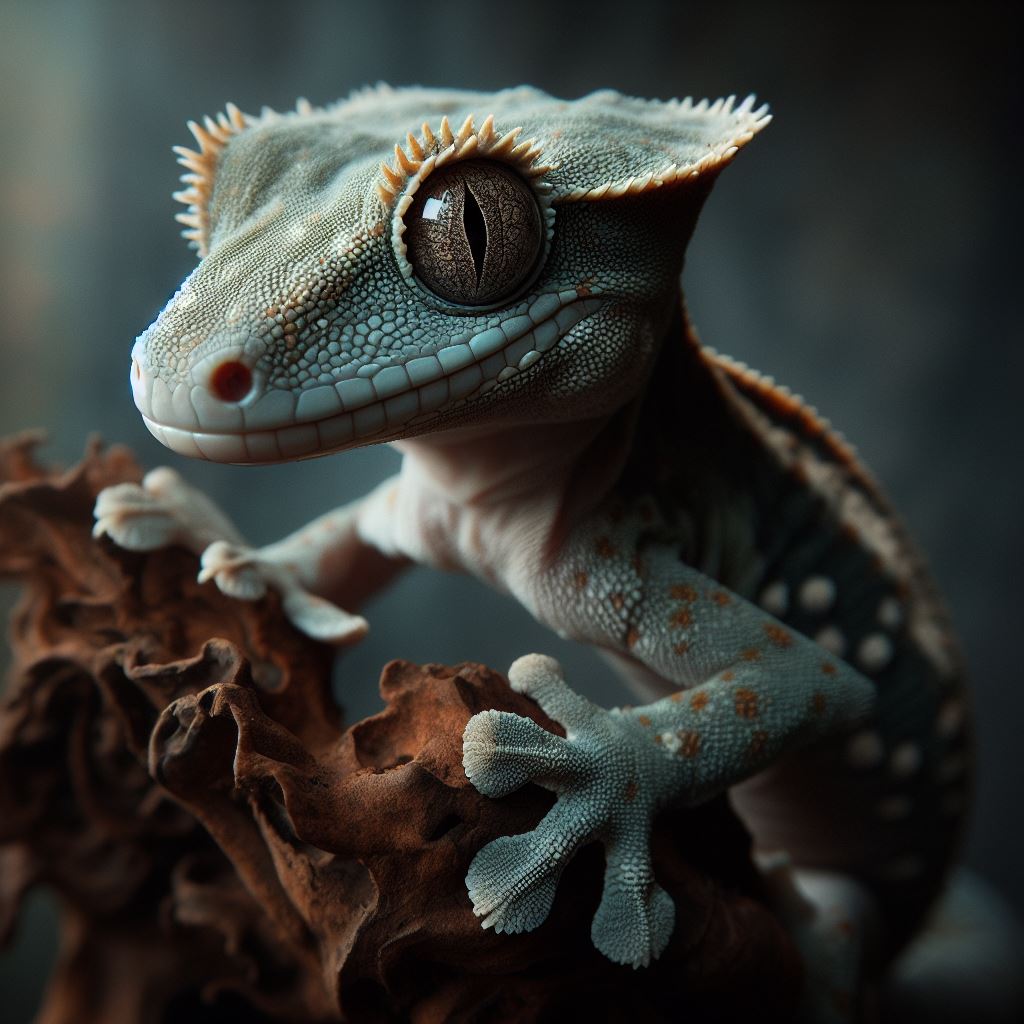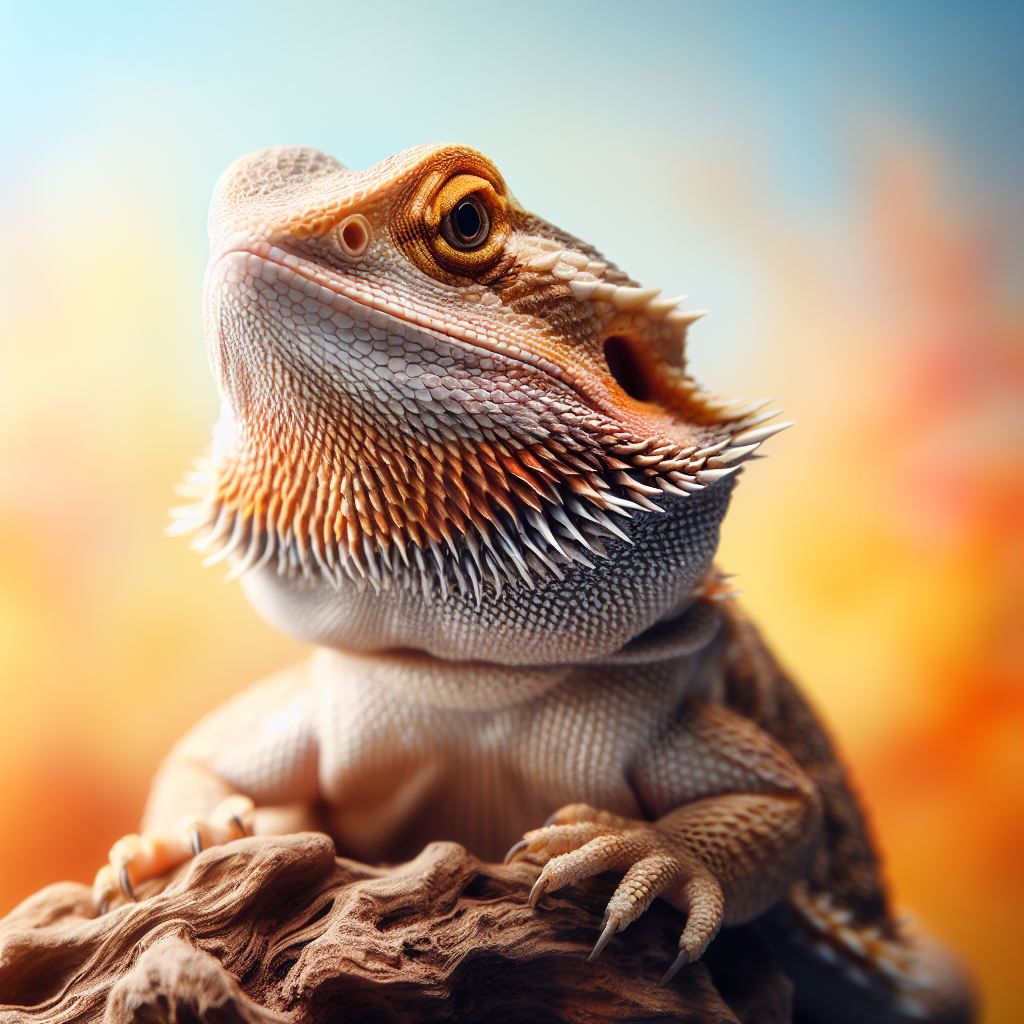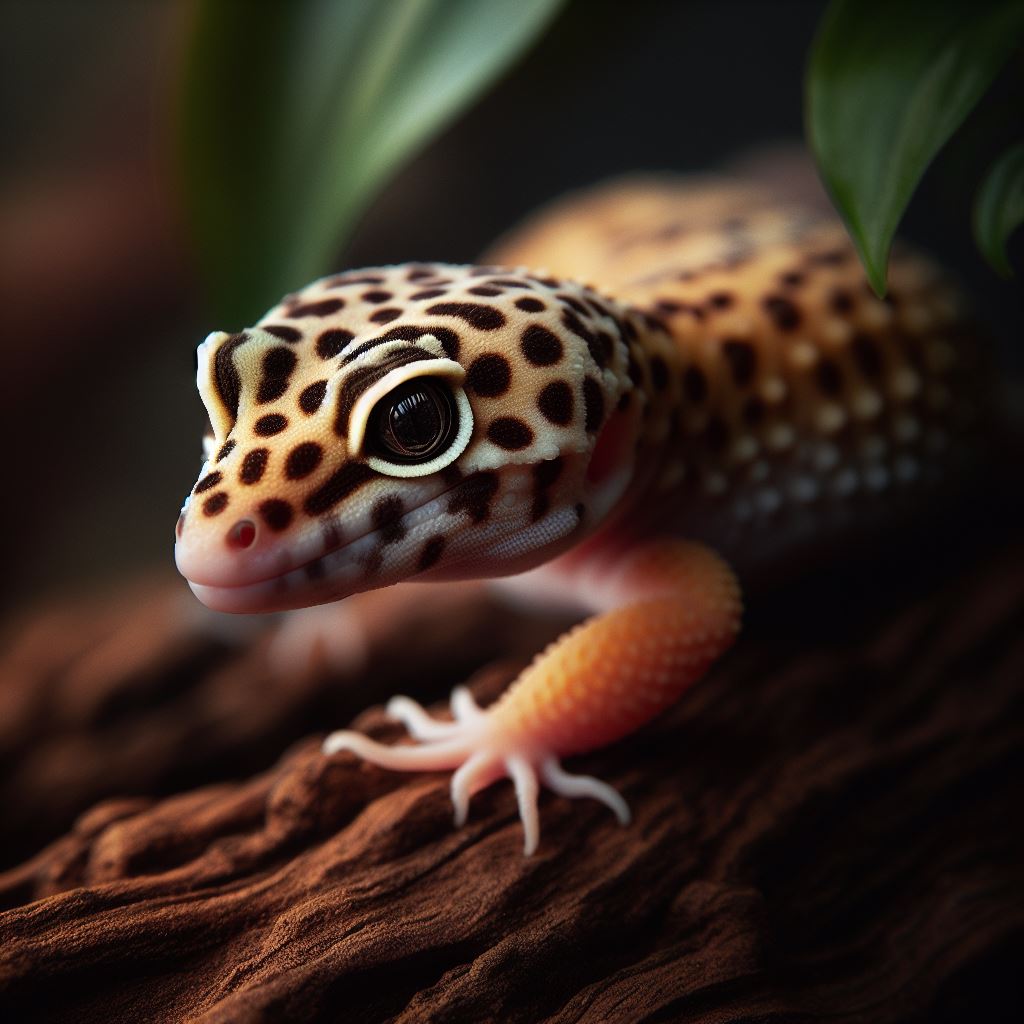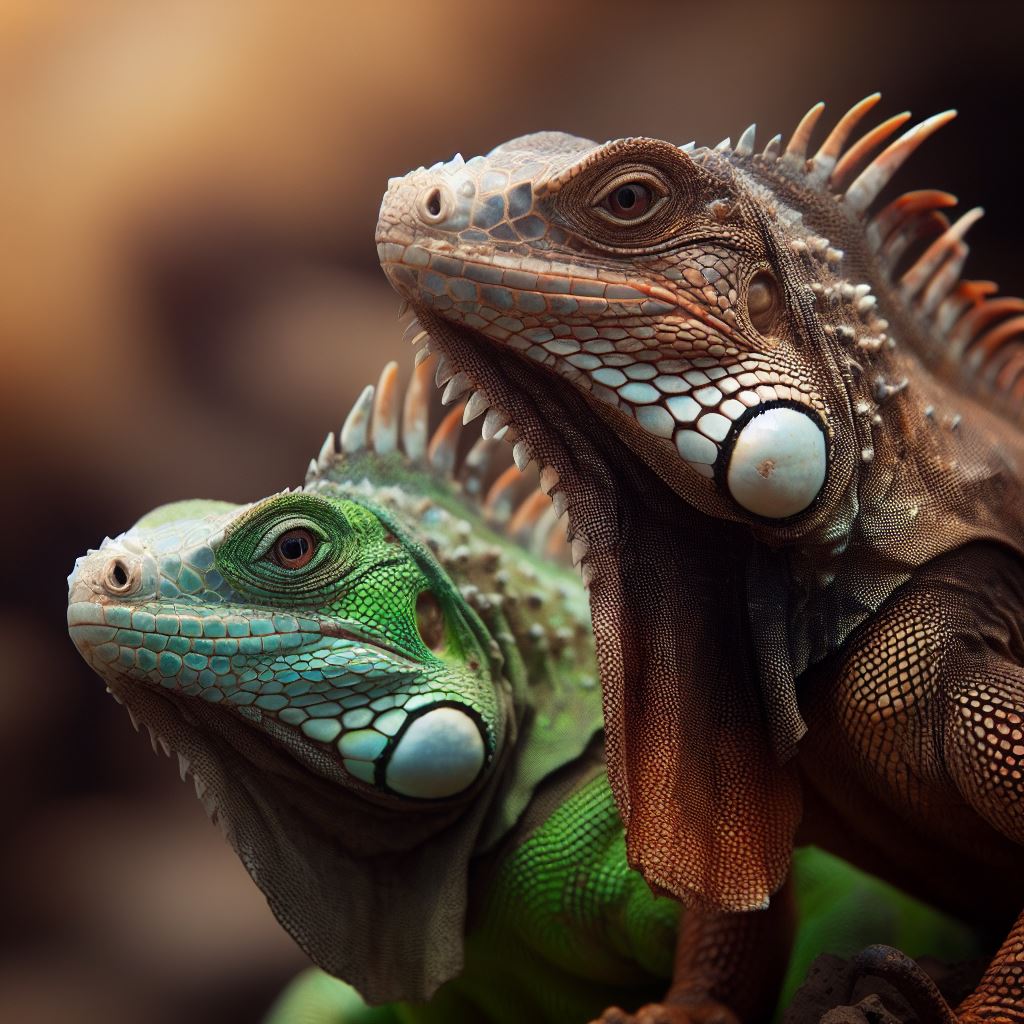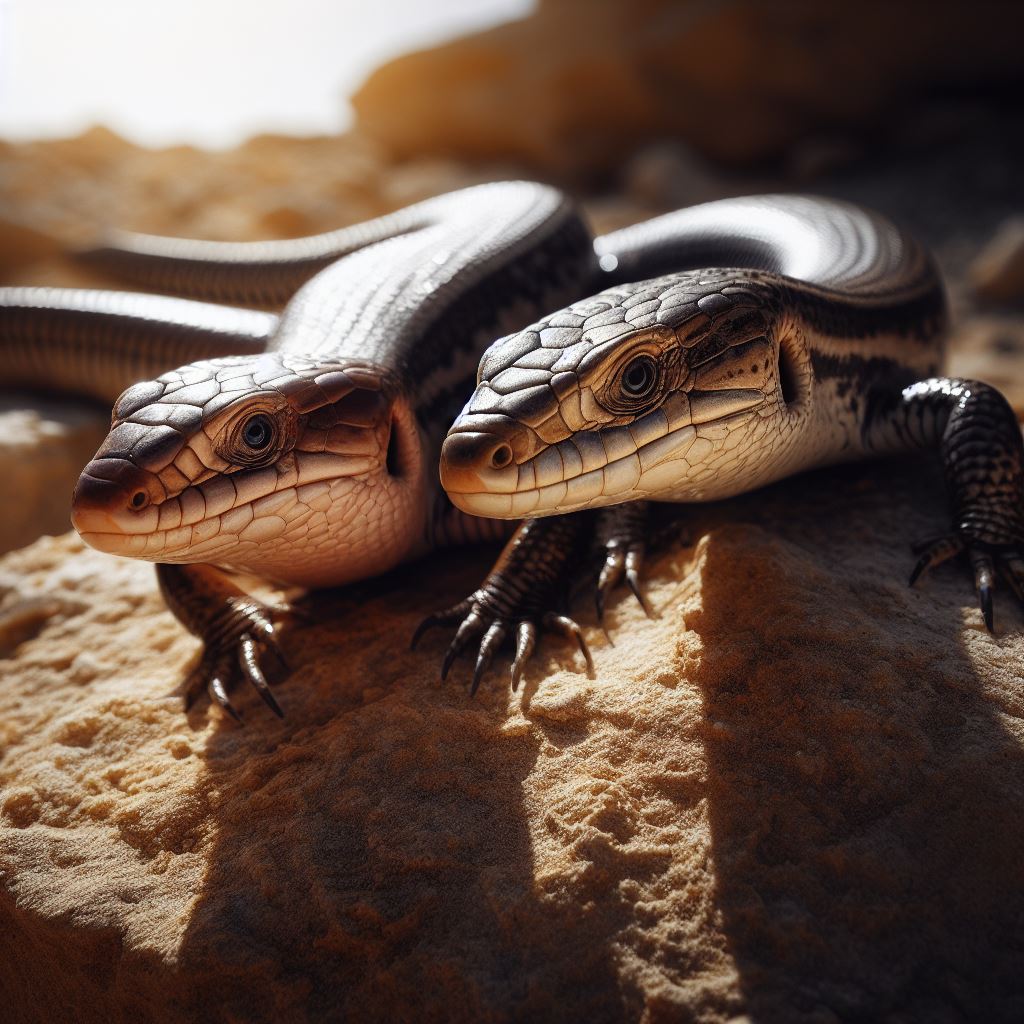Delve into the captivating world of Crested Geckos, the mesmerizing creatures that have captured the hearts of reptile enthusiasts globally. In this comprehensive guide, we thoroughly explore the secrets of Crested Geckos, delving into their unique biology, diverse morphs, and the essential aspects of caring for them as beloved pets. Whether you’re an experienced herpetologist or a beginner, this guide serves as your gateway to understanding the enigmatic charm of Crested Geckos.
Crested Geckos: Nature’s Masterpieces
Anatomy and Unique Features of Crested Geckos
Crested Geckos, with their delicate skin, intricate scales, and expressive eyes, epitomize the elegance of reptilian grace. Their remarkable toe pads allow them to climb vertical surfaces with ease, showcasing their arboreal nature. Understanding their specialized features, including their prehensile tail and unique dental structure, provides valuable insights into their ecological adaptations.
The Family Gekkonidae: Exploring Crested Geckos’ Taxonomy and Diversity
Belonging to the family Gekkonidae, Crested Geckos are a diverse group of reptiles found in various habitats worldwide. Exploring their taxonomy reveals a captivating array of species, each uniquely adapted to its environment. From rainforests to arid regions, their evolutionary journey reflects the complexity of the ecosystems they inhabit.
Crested Gecko Varieties
Crested Gecko Morphs: A Kaleidoscope of Colors
In the captivating world of crested geckos, enthusiasts are treated to a mesmerizing array of morphs, each contributing to a vibrant tapestry of colors and patterns. From the wild-type geckos with their natural brown or gray hues to the dramatic Harlequins adorned with bold contrasting patterns, these creatures offer a kaleidoscope of visual delights.
Dalmatian geckos sport spots akin to their canine namesakes, while Pinstripes flaunt elegant lines down their backs. Flames add fiery touches, Quad Stripes create intriguing patterns, and Bicolor geckos showcase a seamless blend of two distinct colors. Blotched varieties feature irregular, unpredictable patterns, while Patternless geckos boast a smooth, solid color appearance. High-contrast morphs mesmerize with sharp, well-defined markings, Lavender geckos exude a soft pastel charm, and those in shades of Yellow, Orange, or Red glow with intense, captivating hues.
Within this diverse tapestry, each gecko is a unique masterpiece, capturing the imagination of reptile enthusiasts and collectors alike. The crested gecko world is indeed a kaleidoscope, where nature’s artistry knows no bounds.
Crested Gecko Care: Building a Home
Enclosure Design: Mimicking Natural Arboreal Habitats
Designing an enclosure that mimics a natural arboreal habitat is crucial for the well-being and happiness of arboreal reptiles, such as crested geckos. Creating an environment that mirrors their natural habitat provides mental stimulation, encourages natural behaviors, and supports overall health. Here’s a guide to designing an enclosure that replicates a natural arboreal habitat:
Enclosure Size:
- Vertical Space: Arboreal reptiles need vertical space more than horizontal. Opt for a tall enclosure to allow for climbing and exploring. A minimum height of 18-24 inches is recommended.
- Floor Space: While vertical space is essential, ensure there is enough floor space for movement. A 20-gallon tank is considered a minimum for a single adult crested gecko.
Substrate:
- Bioactive Substrate: Consider a bioactive substrate like a mix of organic soil, sphagnum moss, and leaf litter. This substrate promotes natural behaviors and helps maintain humidity.
- Plants: Live plants not only add aesthetic value but also create a more natural environment. Plants like pothos, ferns, and bromeliads are excellent choices.
Climbing and Perching:
- Branches: Add sturdy branches of varying diameters for climbing. Secure them well to prevent accidents.
- Cork Bark: Cork bark provides hiding spots and climbing surfaces. It’s also a good substrate for live plants.
- Hammocks: Gecko hammocks provide comfortable resting spots and mimic natural perching sites.
Lighting:
- UVB Lighting: While crested geckos are nocturnal, providing low levels of UVB light helps in Vitamin D synthesis and promotes plant growth.
- LEDs: Use low-heat, energy-efficient LED lights for daytime lighting to simulate natural light cycles.
Humidity and Hydration:
- Misting System: Install a misting system or mist the enclosure regularly to maintain humidity. Crested geckos need high humidity levels for shedding and overall health.
- Water Source: Provide a shallow water dish for drinking and soaking. Some geckos prefer to drink water droplets from leaves after misting.
Temperature:
- Temperature Gradient: Maintain a temperature gradient from around 72°F (22°C) at night to 78-82°F (25-28°C) during the day. Use heat emitters or ceramic heat bulbs if additional heating is required.
Hiding Places:
- Caves: Offer natural-looking caves or hides where the gecko can retreat for security.
- Foliage: Dense foliage and plants create hiding spots and add to the natural aesthetics.
Maintenance:
- Cleanliness: Regularly clean the enclosure, removing uneaten food and waste. Spot clean daily and do a thorough cleaning monthly.
- Plant Care: Trim and maintain live plants. Remove dead leaves promptly.
Enrichment:
- Rotation: Periodically rearrange the enclosure layout to provide mental stimulation and encourage exploration.
- Foraging: Hide food or insects within the enclosure to encourage natural foraging behavior.
By carefully considering these elements, you can create an enclosure that not only mimics the natural arboreal habitat of crested geckos but also promotes their physical and psychological well-being. Always research specific species requirements, as different arboreal reptiles might have unique needs.
Dietary Needs: Nutrition and Feeding Practices
Meeting the dietary needs of your crested gecko is essential for its overall health, growth, and well-being. Crested geckos are omnivores, which means they require a balanced diet of insects, fruit, and nectar. Here are some guidelines for their nutrition and feeding practices:
Commercial Diets:
- Crested Gecko Diet (CGD): A high-quality commercial crested gecko diet, also known as CGD or gecko meal replacement powder (MRP), is available and forms the foundation of their diet. These powders are mixed with water to create a nutritious paste.
- Variety: Offer a variety of commercial diets to ensure a range of nutrients. Some diets are specifically formulated for different life stages, such as growing juveniles and adult geckos.
Insects:
- Gut-Loaded Insects: Insects such as crickets, roaches, and mealworms can be offered as a protein source. Gut-load these insects with nutritious foods before feeding them to your gecko to enhance their nutritional content.
- Variety: Provide a variety of insects to prevent dietary imbalances and add enrichment to their diet.
Fruits and Baby Food:
- Fruit: Offer small amounts of fruit like mashed bananas, mango, and papaya. These should be occasional treats due to their high sugar content.
- Baby Food: Unsweetened, all-natural baby food (like applesauce) can be offered in moderation. Ensure it doesn’t contain any additives or preservatives.
Supplements:
- Calcium and Vitamin D3: Dust insects with calcium powder supplemented with vitamin D3. This helps prevent calcium deficiencies, which can lead to health problems.
- Multivitamins: Use a multivitamin supplement about once a week to ensure your gecko gets all the necessary vitamins and minerals.
Feeding Practices:
- Frequency: Feed juvenile crested geckos daily and adult geckos every other day.
- Feeding Time: Crested geckos are nocturnal, so it’s best to feed them in the evening or at night.
- Observation: Observe your gecko’s eating habits. If it consistently refuses food, there might be an underlying health issue.
- Remove Uneaten Food: Remove any uneaten food after a few hours to maintain cleanliness in the enclosure.
Hydration:
- Misting: Crested geckos often drink water droplets from leaves. Mist the enclosure in the evening to create droplets, providing a source of hydration.
- Shallow Water Dish: Provide a shallow water dish for your gecko to drink from and soak in.
Avoid Toxic Foods:
- Toxic Plants: Avoid placing toxic plants in the enclosure. Research any plant thoroughly before introducing it to the habitat.
- Insects: Only offer insects from a trusted source to ensure they haven’t been exposed to pesticides.
By following these guidelines and ensuring a balanced, varied diet, you can help your crested gecko thrive. Always consult with a veterinarian experienced in reptile care if you have concerns about your gecko’s diet or overall health. Remember, each gecko is an individual, so paying attention to its specific preferences and needs is crucial for its well-being.
Crested Gecko Behavior: Understanding and Interaction
Crested Geckos exhibit fascinating social behaviors, including territorial displays and mating rituals. Understanding their body language, such as tail movements and vocalizations, provides insights into their emotions and intentions. Observing their interactions fosters a deeper connection, allowing for meaningful engagement and mutual understanding.
Building trust with Crested Geckos involves patience, respect, and gentle handling. Allowing them to initiate contact and respecting their boundaries is essential. Gradual acclimation to human presence, coupled with positive reinforcement techniques, enhances their confidence. Handling sessions should be brief initially, gradually increasing in duration. A stress-free environment and consistent, respectful interaction transform wary Crested Geckos into relaxed, confident companions.
Health Care and Enrichment
Health Monitoring and Common Health Issues
Crested geckos, like all reptiles, require regular health monitoring to ensure they are thriving in their environment. Here’s a guide to help you monitor your crested gecko’s health and recognize common health issues:
Regular Observation:
- Behavior: Pay attention to changes in behavior. A healthy gecko is active and alert during the night.
- Appetite: Monitor its eating habits. Changes in appetite can indicate health problems.
- Weight: Regularly weigh your gecko to track its weight. Sudden weight loss can be a sign of illness.
- Shedding: Ensure your gecko sheds its skin properly. Incomplete sheds can lead to skin issues.
Common Health Issues:
- Stuck Shed: If your gecko has problems shedding, provide a humid hide (a container with damp moss) to aid the shedding process.
- Metabolic Bone Disease (MBD): Caused by calcium deficiency, MBD weakens bones. Ensure proper supplementation and UVB exposure.
- Respiratory Infections: Symptoms include wheezing, labored breathing, and nasal discharge. These require prompt veterinary attention.
- Digestive Issues: Constipation or diarrhea can signal digestive problems. Ensure a balanced diet and proper hydration.
- Parasites: External parasites like mites can infest geckos. If you notice tiny moving dots, consult a vet.
- Injuries: Watch for any injuries, such as broken tails or limbs. These need immediate attention to prevent infections.
- Eye Problems: Swollen, red, or closed eyes could indicate eye infections. Proper enclosure hygiene can prevent these issues.
- Dehydration: Sunken eyes and lethargy can indicate dehydration. Ensure there’s always a water source available.
Vet Visits:
- Regular Check-ups: Even if your gecko appears healthy, it’s advisable to schedule regular check-ups with a vet experienced in reptile care.
- Emergency Visits: If you notice any sudden changes in behavior, appetite, or physical condition, seek immediate veterinary care.
Quarantine New Geckos:
- Isolate New Additions: Quarantine new geckos for at least 30 days before introducing them to existing reptiles. This prevents the spread of diseases.
Proper Enclosure Hygiene:
- Cleanliness: Regularly clean and disinfect the enclosure to prevent the buildup of bacteria and fungi.
- Substrate: Choose substrates that are easy to clean and replace, reducing the risk of bacterial growth.
Handling:
- Gentle Handling: When handling your gecko, be gentle and avoid sudden movements. Stress can weaken the immune system.
Record Keeping:
- Health Records: Maintain a health record, noting feeding schedules, shedding, and any observed changes in behavior. This can assist veterinarians in diagnosis.
By being proactive in monitoring your crested gecko’s health, providing a suitable environment, and seeking prompt veterinary care when needed, you can ensure your pet lives a healthy and happy life. Remember that early detection and intervention are often key to successfully managing health issues in reptiles
Conclusion
Crested Geckos, with their diverse morphs and intriguing behaviors, stand as captivating companions for those enthralled by the reptilian world. By comprehending their natural behaviors, habitat requirements, and dietary intricacies, you can create an environment where these extraordinary creatures flourish. Responsible pet ownership is not merely a choice but a commitment—one that ensures the flourishing existence of Crested Geckos and, indeed, all reptile species. Embrace the opportunity to welcome these majestic beings into your life and embark on a fulfilling journey of companionship and conservation.

